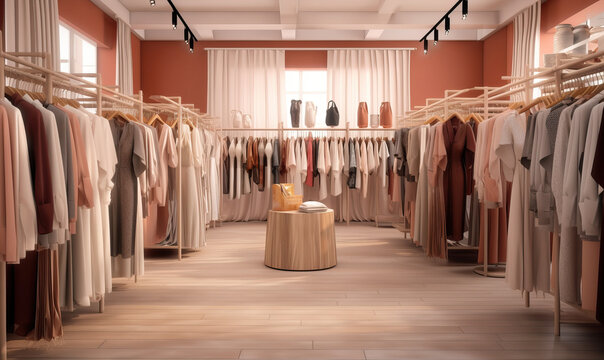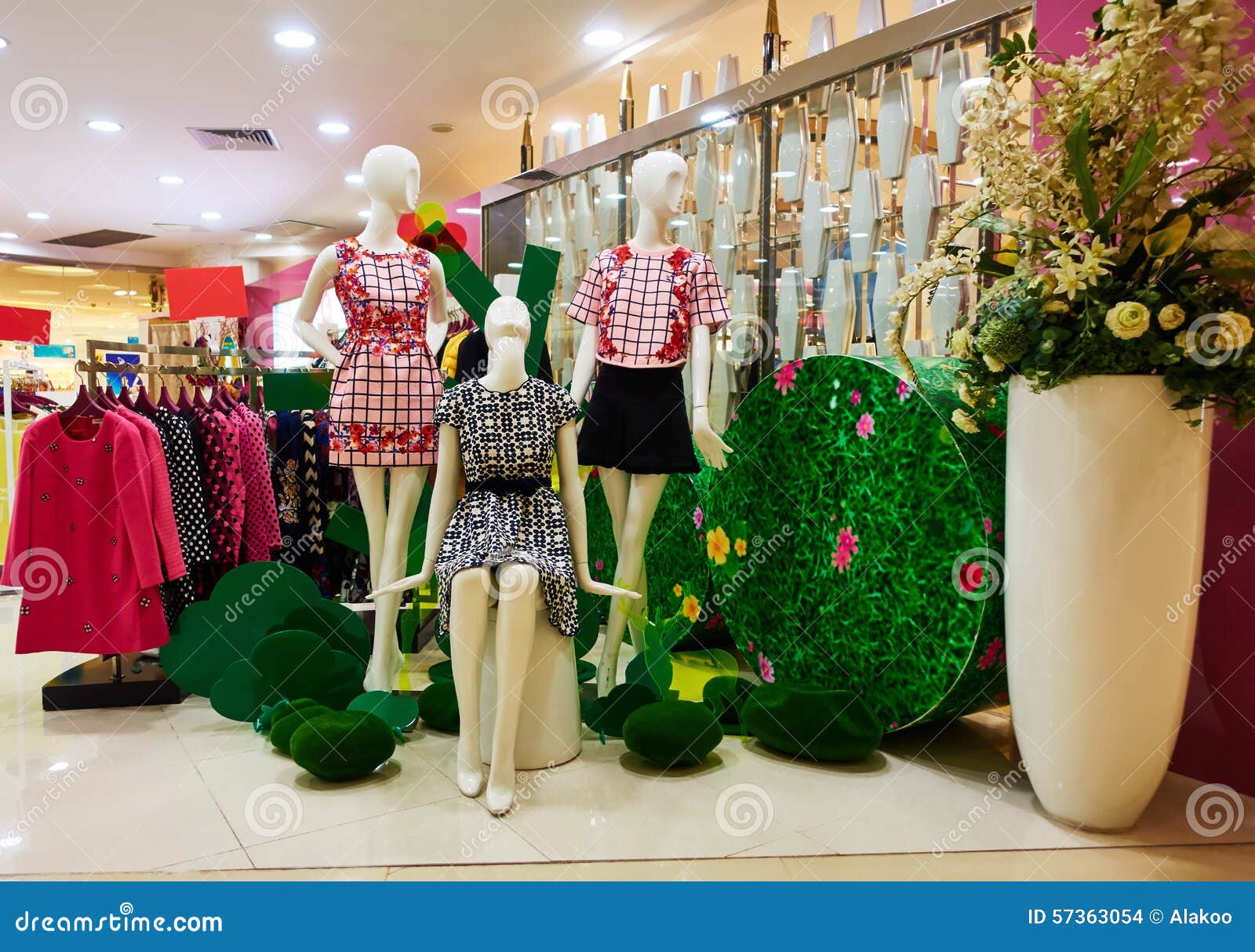A Deep Study the Globe of High-Fashion Runways: Recognizing Clothes as Art
Designers, much like masterful musicians, weave detailed narratives with shade, material, and kind, testing conventional norms and redefining beauty standards. As we discover these sartorial spectacles, we must contemplate: what function does fashion play in forming societal worths, and exactly how does it reflect the ever-changing tapestry of human emotion and identification?
The Advancement of Runway Shows
The trajectory of runway programs has actually transformed substantially over the decades, evolving from special industry occasions to captivating eyeglasses that blend style with art. Generally, runway programs made love affairs, kept in ateliers or tiny locations, largely gone to by customers and market experts. These early discussions focused on the garments' workmanship and industrial viability, offering a useful and direct display of seasonal collections.
As the style industry increased, the nature of path shows started to change. The 1970s and 1980s marked a turning point, with designers seeking to differentiate themselves with even more staged discussions.
In the last few years, modern technology and social networks have actually further transformed path programs, making them available to a worldwide audience. Livestreaming and digital platforms have democratized style, permitting enthusiasts worldwide to witness these events in real-time (boutique fashion). This advancement mirrors a wider social change, where high-fashion paths serve as a dynamic intersection of advancement, design, and performance
Designers as Visionary Artists
How have designers transcended their duties to become visionary musicians? Designers in the high-fashion industry have actually blurred the lines in between practical garment creation and the theoretical realm of art. This transformation is evident in the means they approach their collections, not simply as clothes but as extensive expressions of identification, culture, and feeling. By welcoming imaginative self-controls such as sculpture, painting, and progressive setups, developers craft garments that test typical style norms and boost them to art forms.
Visionary developers attract inspiration from a myriad of sources, consisting of abstract art, historical referrals, and personal narratives. They have a distinct capability to visualize and emerge concepts that press the boundaries of traditional style, typically redefining visual paradigms while doing so. This imaginative ingenuity is showcased with significant silhouettes, ingenious products, and intricate craftsmanship, which welcome viewers to experience fashion as even more than simply wearable items.
Additionally, the runway functions as a canvas for these musicians, where lights, music, and set layout coalesce to create immersive experiences. These presentations are not merely display screens of clothes yet are coordinated efficiencies that stimulate emotion and prompt idea, verifying the designer's duty as a true musician in the contemporary social landscape.
Cultural Impacts in vogue
Social tapestry weaves its detailed patterns right into the material of fashion, affecting developers globally. The dynamic interchange of social stories, traditions, and signs educates and inspires collections that poise high-fashion runways.
The impact of society on style is commonly seen in the reinterpretation of typical garments and patterns. The use of Japanese bathrobes, Indian saris, or African prints in contemporary style mirrors a blend of cultural credibility and contemporary aesthetics. Developers such as Valentino's Pierpaolo Piccioli and Alexander McQueen's Sarah Burton have actually been recognized to integrate rich cultural motifs into their couture collections, translating history into wearable art.

Technology in Textile and Layout
Innovation in fabric and design regularly reshapes the landscape of high-fashion, pushing limits and redefining opportunities. Recently, technological innovations have actually dramatically added to this advancement, presenting products that challenge conventional understandings. Textiles ingrained with clever fibers, efficient in altering color or managing temperature, are no much longer constrained to the realm of science fiction. Designers are increasingly exploring the assimilation of modern technology, such as 3D printing, which enables for the development of complex frameworks that were previously unbelievable.
Furthermore, sustainability has come to be an essential theme in textile technology. The garment industry is seeing a rise in making use of environment-friendly materials, stemmed from recycled plastics, organic fibers, and also biodegradable parts. These developments not just provide brand-new textures and appearances however additionally address important environmental worries. Developers are accepting these products to craft garments that are both visually striking and mindful of their eco-friendly footprint.
In regards to layout, avant-garde silhouettes and experimental types are constantly changing the path. By incorporating unique products and More hints advanced strategies, developers cultivate garments that obscure the line between fashion and art, setting new requirements for creative thinking and expression in the high-fashion round.
Impact of Fashion on Society
Fashion wields a profound influence on culture, offering as both a representation of social identity and a driver for social adjustment (boutique fashion). Through its evolution, fashion has mirrored societal changes, enveloping the zeitgeist of various eras.
In addition, fashion has the power to bridge cultural voids, fostering understanding and gratitude amongst diverse groups. As globalisation accelerates, the cross-cultural exchange of style ideas becomes significantly significant, advertising inclusivity and variety. The surge of streetwear, originating from city subcultures, highlights exactly how style can transcend socio-economic boundaries, providing people a way of self-expression and empowerment.
Fundamentally, style is not just concerning visual appeals; it is a vibrant pressure that affects values, mindsets, and societal development (boutique fashion). By continually interacting with social and social currents, style continues to be an indispensable part of the cumulative human experience

Verdict
High-fashion runways work as dynamic arenas where garments goes beyond capability to come to be an expressive art form. Designers, akin to visionary musicians, manage collections that mirror identification, feeling, and social stories, testing standard aesthetic appeals. The combination of cutting-edge textile and style, combined with sophisticated set styles, lighting, and music, creates immersive experiences that celebrate cultural variety. This junction of style and virtuosity not just astounds target markets worldwide but likewise affects social perceptions and advertises a much deeper appreciation for multiculturalism.

Social tapestry weaves its intricate patterns into the textile useful site of style, influencing designers globally.Fashion wields an extensive impact on society, serving as both a reflection of social identification and a catalyst for view publisher site social modification.